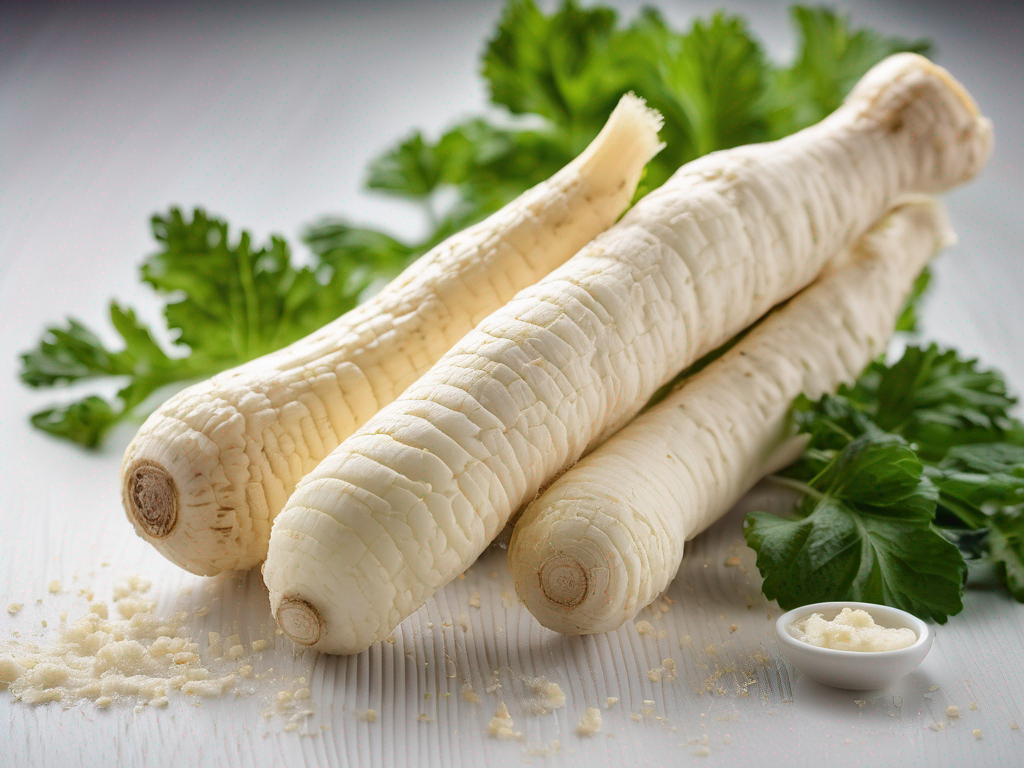
Signs that Horseradish Has Gone Bad and Should Be Thrown Away
Get Your Free Food Safety Cheat Sheet
30 most common foods with instant answers. Print it and stick it on your fridge—completely free!
Signs that Horseradish Has Gone Bad and Should Be Thrown Away
Horseradish is a popular and pungent condiment that adds a spicy kick to dishes. Whether you use it in sauces, dressings, or as a standalone condiment, it's important to ensure that your horseradish is fresh and safe to eat. Like any perishable food item, horseradish can go bad if not stored properly or if it sits in your fridge for too long. In this blog post, we'll explore the signs that indicate your horseradish has gone bad and should be discarded. (Horseradish)
How to Tell if Horseradish Has Gone Bad
Visual Signs
One of the first indicators that your horseradish may have gone bad is its appearance. Here are some visual signs to look out for:
- Mold: If you see any mold growth on the surface of the horseradish, it's a clear sign that it has spoiled.
- Discoloration: If the horseradish has turned an unusual color, such as brown or black spots, it's best to discard it.
- Slimy Texture: A slimy or mushy texture is a sign of spoilage and should not be consumed.
Smell Test
Another way to determine if your horseradish has gone bad is by smelling it. Fresh horseradish should have a strong, pungent aroma. If it smells off, sour, or rancid, it's best to throw it away.
Taste Test
While horseradish is known for its intense flavor, spoiled horseradish will taste bitter, sour, or off. If it doesn't taste right, trust your taste buds and avoid consuming it.
Expiry Date
Check the expiration date on the packaging of the horseradish. If it has passed the date, it's safer to discard it, even if it looks and smells fine.
Proper Storage of Horseradish
To extend the shelf life of your horseradish and prevent it from going bad prematurely, follow these storage tips:
- Refrigeration: Store opened horseradish in the refrigerator at all times to maintain freshness.
- Airtight Container: Transfer horseradish into an airtight container or jar to prevent air exposure and preserve its flavor.
- Cool Temperature: Keep horseradish in the coldest part of your refrigerator, such as the back of a shelf.
- Avoid Contamination: Use clean utensils when scooping out horseradish to prevent cross-contamination.
Safety Precautions
It's essential to practice food safety when handling horseradish to prevent foodborne illnesses. Here are some safety precautions to keep in mind:
- Wash Hands: Always wash your hands before and after handling horseradish.
- Avoid Cross-Contamination: Do not use the same utensils or cutting boards for horseradish and other foods to prevent cross-contamination.
- Check for Recalls: Stay informed about any horseradish recalls due to contamination issues.
Conclusion
In conclusion, knowing the signs that indicate your horseradish has gone bad is crucial for maintaining food safety. By paying attention to visual cues, smell, taste, and proper storage practices, you can ensure that your horseradish remains fresh and safe to consume. When in doubt, it's always better to err on the side of caution and discard any questionable horseradish to avoid potential foodborne illnesses. Remember to store your horseradish properly, follow safety precautions, and enjoy this flavorful condiment in a safe and delicious way.
For more information on horseradish, visit our horseradish page. (Horseradish)
Authoritative Food Safety References
These agencies and university labs inform every tip and health precaution we publish.
USDA FoodKeeper – Cold Storage Guidelines
Official refrigerator, freezer, and pantry timelines maintained by the U.S. Department of Agriculture.
Visit USDA FoodKeeperFDA Produce Safety Rule & Grower Guidance
Field-to-fridge handling practices that prevent contamination of fruits, vegetables, and leafy greens.
Visit FDA Produce SafetyCDC Foodborne Illness Prevention Hub
Surveillance-backed guidance on pathogens, symptoms, and steps to reduce foodborne illness risk.
Visit CDC Food SafetyUC Davis Postharvest Technology Center
University research detailing optimal storage atmospheres for produce after harvest.
Visit UC Davis PostharvestPenn State Extension – Home Food Preservation & Safety
Peer-reviewed extension bulletins on safe canning, chilling, and reheating practices.
Visit Penn State ExtensionGet Your Free Food Safety Cheat Sheet
30 most common foods with instant answers. Print it and stick it on your fridge—completely free! Want more? Upgrade to the complete guide with 70+ foods.
Scan your food directly and get instant safety info using our AI-powered camera feature.